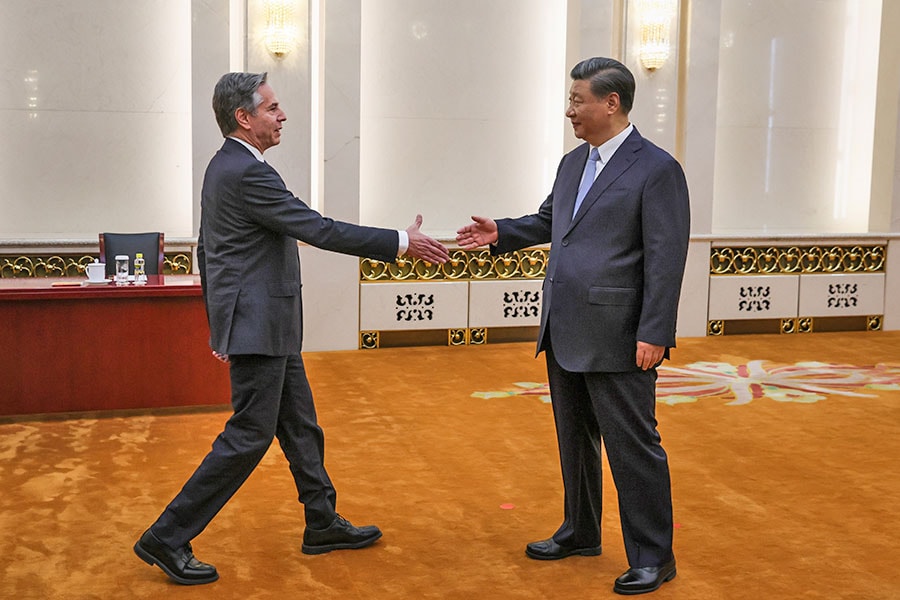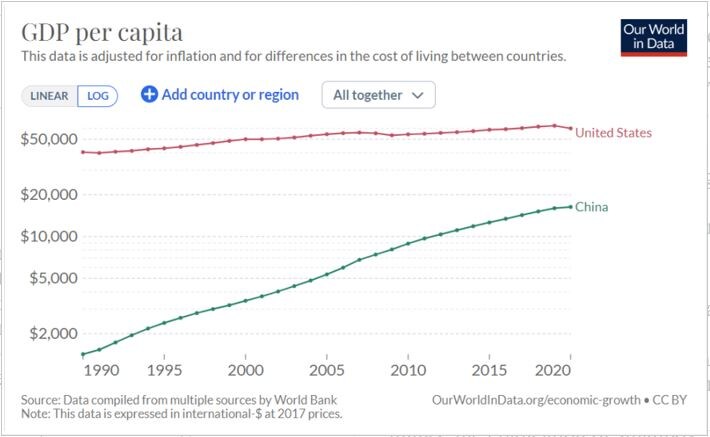
US-China ties: Damage controlled but obstacles ahead
Even before the top US diplomat headed to China this week, talk of a new Cold War was unhelpful. Still, Washington and Beijing have their work cut out steering their relationship back on course
 US Secretary of State Antony Blinken (L) shakes hands with China's President Xi Jinping in the Great Hall of the People in Beijing on June 19, 2023.Image: Leah Millis / Pool / AFP
US Secretary of State Antony Blinken (L) shakes hands with China's President Xi Jinping in the Great Hall of the People in Beijing on June 19, 2023.Image: Leah Millis / Pool / AFP
Antony Blinken, the United States Secretary of State, has finally visited China, four months after his trip was abruptly postponed over the discovery of a Chinese spy balloon in US airspace. Initial reactions have been positive, with Chinese President Xi Jinping himself declaring that the US and China had made progress in improving their acrimonious relationship.
But while any attempt at dialogue and cooperation is welcome, we should be realistic: Blinken’s trip was more about damage control and drawing up a roadmap for stabilising an increasingly shaky relationship. Setting up communication channels to reduce the risks of miscalculation and crises is a minimal but essential achievement. Both sides agreed to establish working groups, initiate more commercial flights, and foster more exchanges among students, academics and journalists. The Chinese, however, rejected military-to-military communication.
That was one sign that the fundamentals of the relationship have not changed. Deep differences persist on Taiwan’s future, tensions remain heightened in the South China Sea, tariffs remain in place, and severe restrictions imposed by the US on technology transfers and access to semiconductor chips and related technology continue.
Also read: The curious case of China's confidence trap
[This article is republished courtesy of INSEAD Knowledge, the portal to the latest business insights and views of The Business School of the World. Copyright INSEAD 2024]








